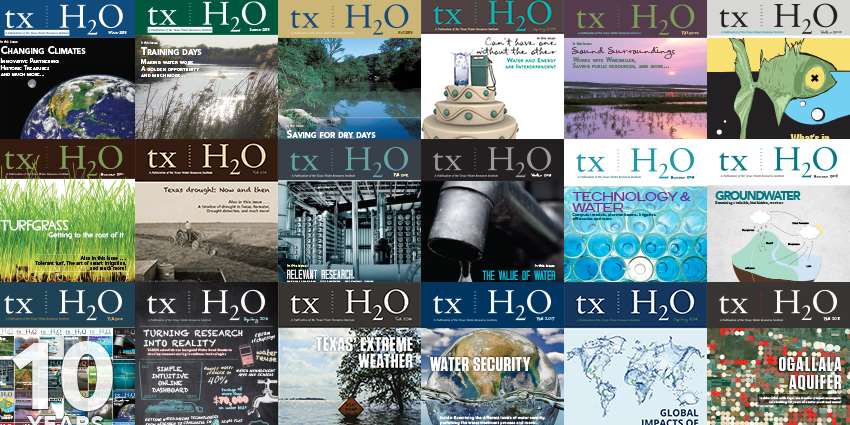The Texas Mid-coast region was once known as one of the best waterfowl hunting destinations in North America. From Corpus Christi to Houston, a strong rice industry produced an ideal wetland habitat for ducks and other waterfowl. In the summer 2015 issue of txH2O, the article Disappearing habitat explains how water and land management changes in Texas impacted the rice production industry and waterfowl habitat.
According to the article, several interconnected factors began to affect the region’s rice acreage and waterfowl habitats in coastal prairie wetlands and marshes. These changes included urban and suburban growth upstream and rural land-use changes, which began in the 1980s and peaked during the drought of 2011. When upstream reservoir levels fell, water allocations for downstream agricultural operations were cut off until 2016.
This resulted in the loss of 55,000 acres of rice in the Lower Colorado River Basin and 18,000 acres in the Brazos River Basin. According to the Gulf Coast Joint Venture, for every 10,000 acres of rice farms lost, the Texas coast lost the ability to support 120,000 waterfowl.
Read the full article to learn about the conservation efforts to preserve and improve as much habitat and rural land as possible in the former rice belt.



